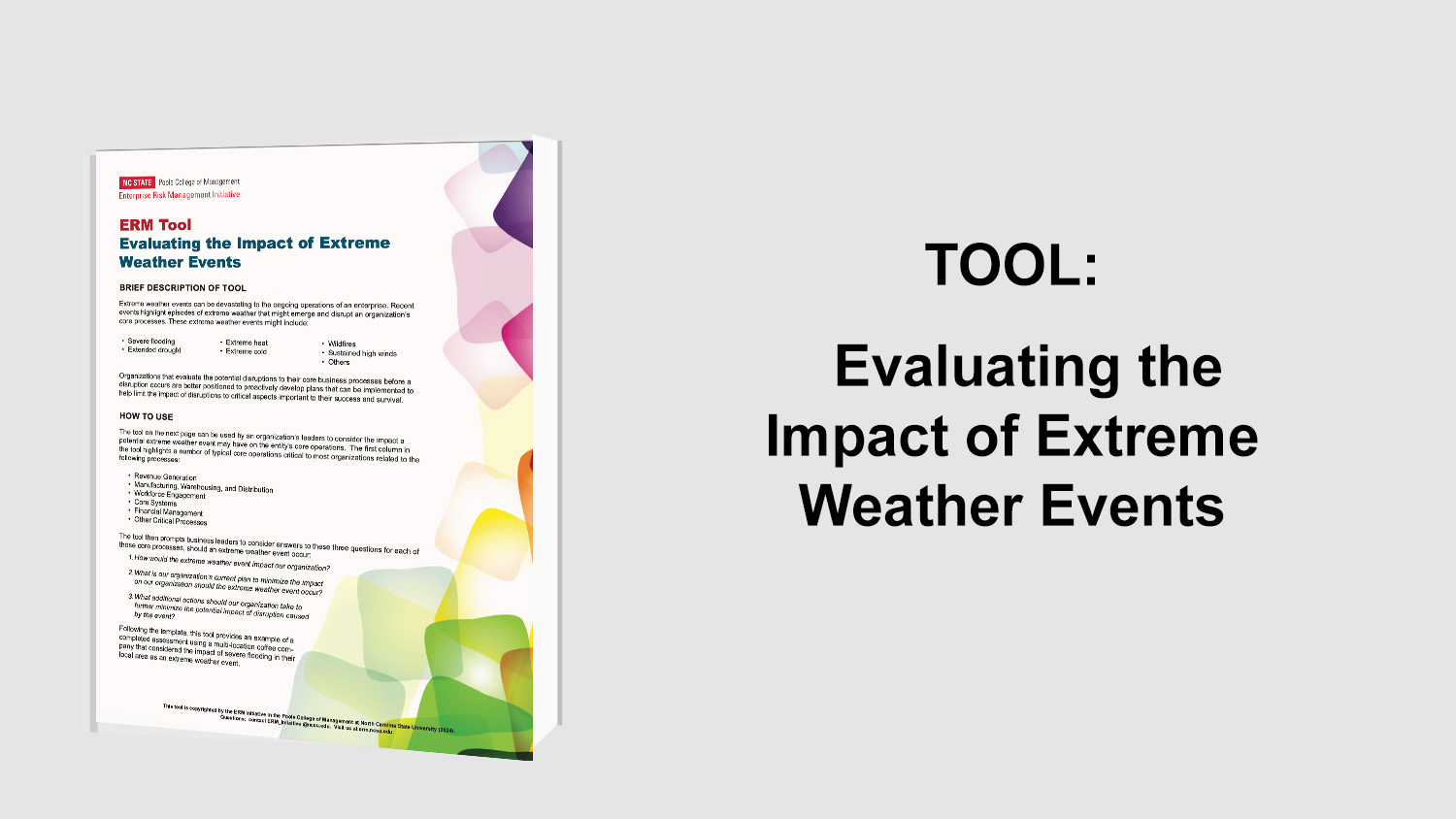The New Treasury Diet: Keep It Simple
The paper, authored by Russ Banham discusses the past few years and how many treasurers were heavily invested in auction-rate securities (ARS). Many of these securities seemed like great investments, offering superior yields to other AAA-rated securities. However, in the past twelve months many of these companies have experienced losses due to the increased credit risk and decreasing liquidity involved with the ARS market.
Some market veterans suggest that these losses have been so unsettling that treasurers will be inclined to quit the cash investment game altogether. Anthony Carfang, founding partner of Treasury Strategies Inc., suggests “they’re (treasurers) deciding it’s not their job to manage an investment portfolio. Once they saw that they could not depend on the rating agencies to keep them apprised of credit risk, they’re moving to institutional money funds or turning to outside managers to do the investing for them. The big fund managers can do their own credit analysis and don’t have to depend on credit rating agencies.”
Flight to Money Market Funds
According to Treasury Strategies’ Flash Surveys, auction-rate securities comprised 4% of the corporate liquidity portfolios of those surveyed in July. By year-end, it was down to 2%. Furthermore, Carfang reports in the asset-backed commercial paper shakeout, holdings in these same portfolios fell from 15% to 3%. He goes on to point out that this was a redistribution of $500 billion in funds. Many of these funds went into money markets.
Carfang outlines several suggestions for choosing a safe money fund.
- Pick a fund that has at least $5 billion in assets. This signals that smart investors are also parking their money there.
- Invest only in funds that grew in the last six months of 2007.
- Do not rush to the quality of Treasury securities because the exit strategy no longer carries low risk.
Illiquid Securities
The article gives a couple suggestions for the cash that is tied up in illiquid securities and cannot be swept to a money market fund.
- Read the prospectuses and find out what exactly you are holding.
- Analyze your holdings and other sources of liquidity to determine whether holding onto some and riding out the market would be a smarter course of action rather than disposing of them at fire-sale prices.
Original Article Source: “The New Treasury Diet: Keep It Simple“, Russ Banham, 2008
- Categories:
- Types:


